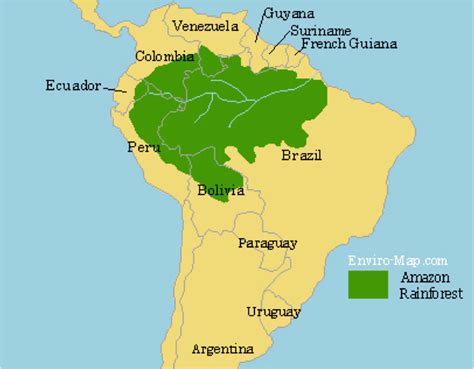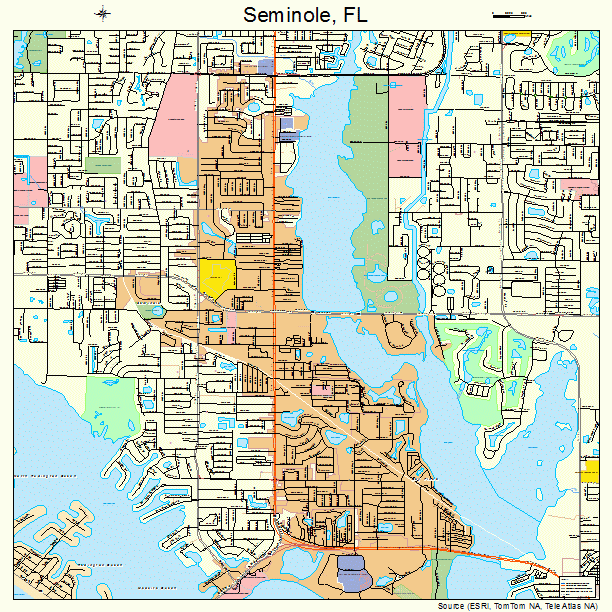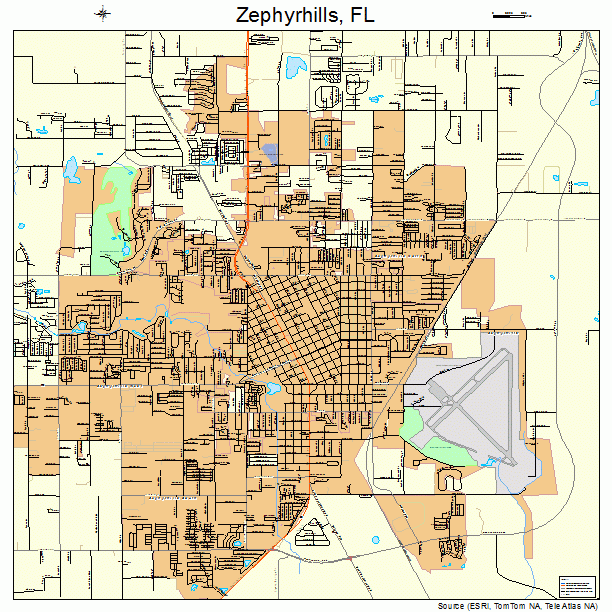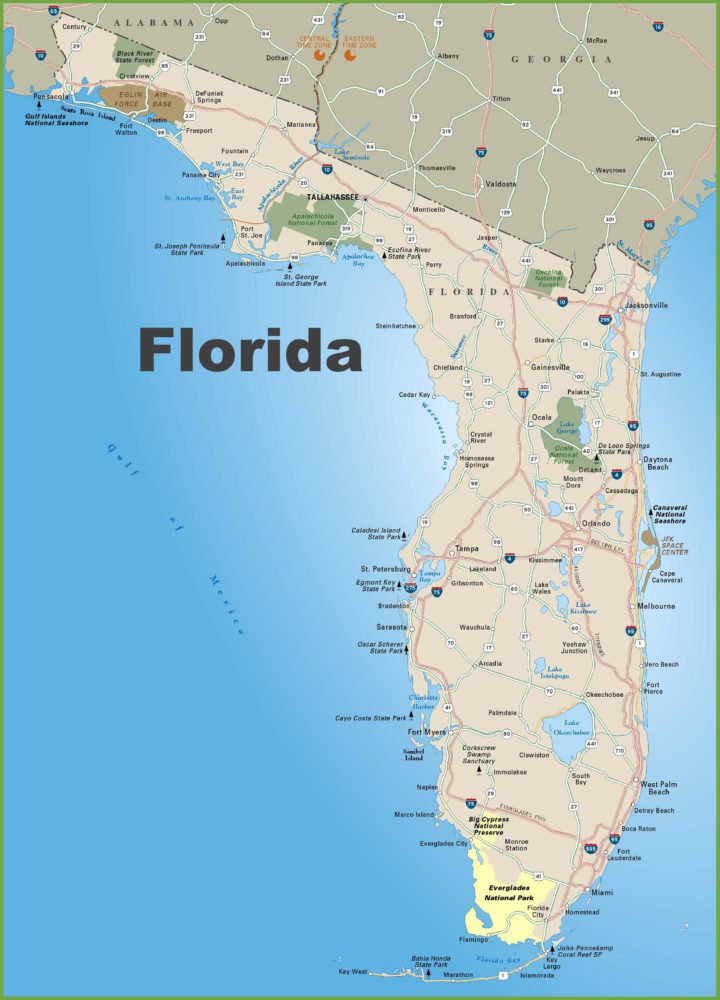Map Amazon Rainforest
The Amazon Rainforest is truly a magnificent sight to behold. This vast expanse of greenery is home to a plethora of plant and animal species that can only be found within its boundaries. It is truly a wonder of the natural world, and as such, it is important that we do all that we can to protect it. The Amazon Rainforest is located in South America, primarily in Brazil, but also in nine other countries. It spans over 2.1 million square miles and is often referred to as the "lungs of the earth" due to the amount of oxygen that it produces. In fact, it is estimated that the Amazon Rainforest produces 20% of the world's oxygen. The plant life within the Amazon Rainforest is incredibly diverse. There are over 40,000 plant species within its boundaries, and many of them are used for medicinal purposes. The bark of the cinchona tree, for example, is used to produce quinine, which is used to treat malaria. The bark of the pau d'arco tree is used to produce medicine that can help fight cancer. In addition to its plant life, the Amazon Rainforest is also home to a tremendous amount of animal species. There are over 2.5 million insect species within its bounds, as well as over 2,000 birds, 370 reptiles, and 430 amphibians. It is also home to many large mammals, such as jaguars, pumas, and tapirs. Unfortunately, the Amazon Rainforest is also under threat. Deforestation and agriculture have caused significant damage to the rainforest. Roughly 20% of the Amazon Rainforest has been destroyed in the past 50 years alone. This destruction has had a significant impact on the plant and animal life that call the rainforest home. One of the main causes of deforestation within the Amazon Rainforest is cattle ranching. Brazil is the largest exporter of beef in the world, and in order to meet the demand for beef, the rainforest is often cleared to make room for cattle. This not only destroys the habitat of the plant and animal species within the rainforest, but it has also led to increased greenhouse gas emissions as trees are burned to clear land. Agriculture is another major cause of deforestation within the Amazon Rainforest. Brazil is the largest exporter of soybeans in the world, and much of the soybean production takes place within the rainforest. The demand for soybeans has led to the clearing of large swaths of the rainforest, which has had a devastating impact on the plant and animal life that live within its bounds. Mining is also a significant contributor to the destruction of the Amazon Rainforest. Brazil is the world's largest producer of niobium, which is used in the manufacturing of steel. Niobium mining often takes place within the Amazon Rainforest, which has led to the destruction of large areas of the rainforest. The destruction of the Amazon Rainforest has also had a significant impact on the indigenous people that call the rainforest home. These people have lived within the rainforest for centuries, and their livelihoods and cultures are intrinsically tied to the rainforest. As the rainforest is destroyed, these people are often forced to leave their homes and traditional ways of life behind. So what can be done to protect the Amazon Rainforest? One of the most effective things that we can do is to support sustainable agriculture and forestry practices. This means supporting companies that are committed to sustainable production and avoiding products that contribute to deforestation, such as beef and soybeans from Brazil. We can also support organizations that are working to protect the Amazon Rainforest. There are many organizations that are dedicated to protecting the rainforest, such as the Amazon Conservation Association and the Rainforest Action Network. By supporting these organizations, we can help to ensure that the Amazon Rainforest is protected for generations to come. In conclusion, the Amazon Rainforest is an incredible resource that must be protected. It is one of the most biodiverse regions on the planet, and it plays a crucial role in producing the oxygen that we breathe. It is up to all of us to do our part to protect this precious resource, whether that means supporting sustainable agriculture and forestry practices, or supporting organizations that are working to protect the rainforest. Let's work to ensure that the Amazon Rainforest is protected for generations to come. 


amazonjunglegeo5.blogspot.com - amazon rainforest map tropical jungle dec web
geog5finalproject-amazonrainforest.blogspot.com - rainforest amazon map forest location rain amazonas locations dart poison selva enviro 2008 source tropical choose board
www.destination360.com - rainforest map amazon america south brazil where river rivers american amazonas located basin la el rio orinoco landkarte area kids




Post a Comment for "Map Amazon Rainforest"